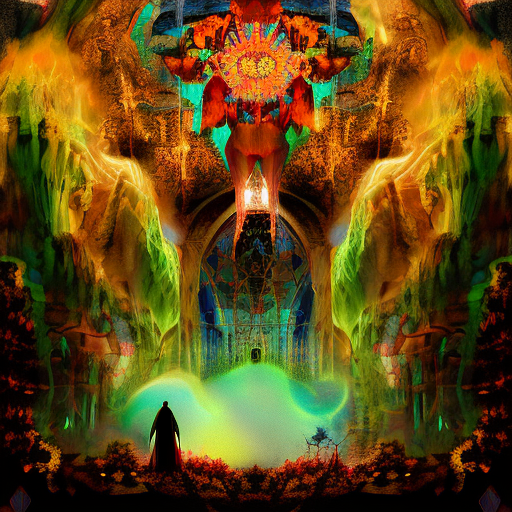One-line Summary:
“The House of the Spirits” is a captivating novel that explores the lives of three generations of the Trueba family in Chile, intertwining their personal stories with the political and social upheavals of the country.
The Trueba Family Saga
“The House of the Spirits” follows the lives of the Trueba family over several decades, beginning with the patriarch, Esteban Trueba, and his pursuit of wealth and power. Esteban, a conservative and ambitious landowner, marries Clara, a mysterious and clairvoyant woman. Together, they have three children: Blanca, Jaime, and Nicolás.
As the story unfolds, we witness the complex dynamics within the Trueba family. Blanca falls in love with Pedro Tercero García, a passionate and idealistic revolutionary, which leads to a forbidden love affair. Meanwhile, Jaime becomes a respected doctor who dedicates his life to helping the poor, while Nicolás becomes a renowned photographer.
The Political Landscape of Chile
Set against the backdrop of Chile’s turbulent political history, “The House of the Spirits” delves into the social and political struggles that shape the lives of its characters. The novel spans the period from the early 20th century to the 1973 military coup that overthrows the government.
Author Isabel Allende skillfully weaves historical events into the narrative, providing insight into the political climate of the time. The rise of socialism, the Allende government, and the subsequent military dictatorship of Augusto Pinochet all play significant roles in the story, reflecting the impact of these events on the lives of the Trueba family.
Magic Realism and Feminism
One of the defining features of “The House of the Spirits” is its use of magical realism. Allende seamlessly blends fantastical elements with realistic portrayals of life, blurring the boundaries between the ordinary and the extraordinary. Clara’s clairvoyance, for example, adds a mystical dimension to the story, while also serving as a metaphor for the power of intuition and female strength.
The novel also explores feminist themes, with female characters challenging traditional gender roles and societal expectations. Clara, in particular, emerges as a symbol of female empowerment, defying conventions and asserting her independence. Through her, Allende highlights the importance of women’s voices and their ability to shape their own destinies.
Key Takeaways:
- The House of the Spirits is a multi-generational saga that explores the lives of the Trueba family in Chile.
- The novel intertwines personal stories with the political and social upheavals of the country.
- Magical realism and feminist themes are prominent throughout the narrative.
- The story provides insight into Chile’s history, including the rise of socialism and the military dictatorship of Pinochet.
- Isabel Allende’s storytelling captivates readers with her vivid characters and richly detailed world.
“Each person’s life is a journey on a contorted road dotted with bumps and craters. Sometimes the bumps are small; sometimes they are big. At times, the bumps are devastating. The journey continues, and we move on, because we have to. We have no other choice. But we can choose how we travel on this road.”
“The House of the Spirits” is a mesmerizing novel that explores the complexities of family, politics, and love. Through the Trueba family’s experiences, Isabel Allende paints a vivid picture of Chile’s history while delving into themes of feminism and the power of the human spirit. This captivating tale reminds us that even in the face of adversity, we have the power to shape our own destinies and find strength in the journey of life.












